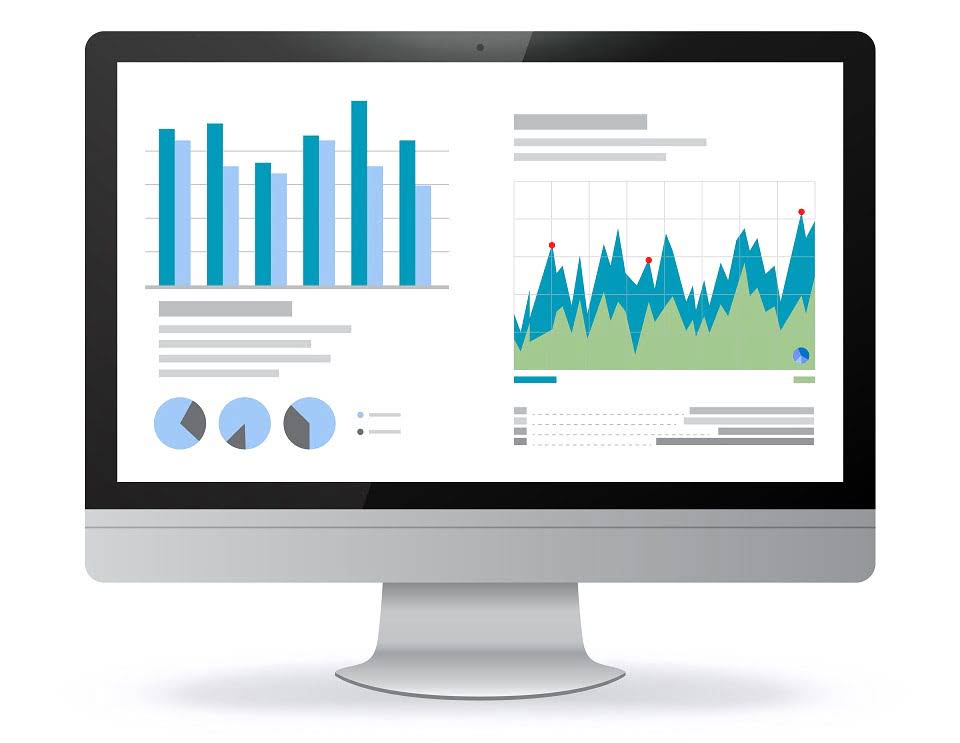
By the end, you will have a clear understanding of inventory valuation and a better insight into how inventory management software simplifies the management of FIFO and LIFO. Learn differences between FIFO vs. LIFO, and how to calculate FIFO and LIFO step by step. Optimize inventory valuation, cut costs, and improve your business’s financial accuracy. When all 250 units are eventually sold, the entire inventory cost ($13,100) is posted to the cost of goods sold, regardless of the method used during intermediate periods.
FIFO Inventory Method
- In a normal inflationary economy, prices of materials and labor steadily rise.
- For example, consider the same example above with two snowmobiles at a unit cost of $50,000 and a new purchase for a snowmobile for $75,000.
- You can align your physical inventory flow with your accounting to strengthen your operational and financial performance.
- As a result, ABC Co’s inventory may be significantly overstated from its market value if LIFO method is used.
- The inventory valuation method a company uses doesn’t have to follow the actual flow of inventory through the business, but it must support why it selected the valuation method.
- By aligning with natural inventory flow, it enhances profitability and compliance.
First-in, first-out (FIFO) is an inventory accounting method for valuing stocked items. FIFO assumes the most recently purchased goods are the last to be resold and the least recently purchased goods are the first to be sold. First in first out (FIFO) is one of the most common inventory management and accounting methods. This article gross vs net will help you understand the FIFO method, when should you use it, how to determine if FIFO is right for your business. In cases where the cost of goods rises sharply, FIFO might not reflect current market costs accurately.
LIFO vs. FIFO: Impact of Inflation

Cost of goods sold is an expense for a business, meaning it will also have tax implications. This produces a higher taxable income, so a business will typically have to pay more in taxes. This means that ‘first in’ inventory has a lower cost value than ‘last in’ inventory. Even if a company produces only one product, that product will have different cost values depending upon when they produce it. When inventory is acquired and when it’s sold have different impacts on inventory value. Cost of Goods Sold, or COGS, is the amount of money a business pays to produce the number of goods sold in a given period.

Single Purchase Batch Example for FIFO
- In a rising price environment, this has the opposite effect on net income, where it is reduced compared to the FIFO inventory accounting method.
- We’ll also compare the FIFO and LIFO methods to help you choose the right fit for your small business.
- For example, FIFO can cause major accounting discrepancies when COGS increases significantly.
- This card has separate columns to record purchases, sales and balance of inventory in both units and dollars.
- Chartered accountant Michael Brown is the founder and CEO of Double Entry Bookkeeping.
- In the FIFO Method, the value of ending inventory is based on the cost of the most recent purchases.
In an inflationary environment, the current COGS would be higher under LIFO because the new inventory would be more expensive. As a result, the company would record lower profits or net income for the period. However, the reduced profit or earnings means the company would benefit from a lower tax liability. FIFO (First-In, First-Out) is a tried-and-true inventory management method that helps businesses maintain accurate Sales Forecasting financial records, reduce waste, and comply with global accounting standards. By ensuring that older stock is sold first, FIFO minimizes spoilage and obsolescence, making it the go-to choice for industries dealing with perishable or high-turnover goods.


However, the ending inventory reflects older costs, which may not align with current market conditions. However, it may result in higher taxable income in inflationary periods, so companies should consider their financial strategy when choosing an inventory valuation method. Using the FIFO method formula allows businesses to accurately track inventory costs over an accounting period and determine the value of inventory at the end of the period.

- Lower costs and higher profits translates into higher levels of taxable income and more taxes due.
- When Susan first opened her pet supply store, she quickly discovered her vegan pumpkin dog treats were a huge hit and brought in favorable revenue.
- Choose Weighted Average Cost for a balanced approach that minimizes price fluctuations.
- In sum, using the LIFO method generally results in a higher cost of goods sold and a smaller net profit on the balance sheet.
If you’re comparing FIFO with LIFO, you may not have a choice in which inventory accounting method you use. Any business based in a country following the IFRS (such as Australia, New Zealand, the UK, Canada, Russia, and India) will not have access to LIFO as an option. In inventory management, the FIFO approach requires that you sell older stock or use older raw materials before selling or using newer goods and materials. This helps reduce the likelihood that you’ll be stuck with items that have spoiled or that you can’t sell.
- While FIFO offers a clearer snapshot of inventory composition, weighted average can be easier to apply operationally.
- Of the 140 remaining items in inventory, the value of 40 items is $10/unit and the value of 100 items is $15/unit because the inventory is assigned the most recent cost under the FIFO method.
- The ending inventory cost on financial statements represents the most recent cost of purchasing inventory items under FIFO.
- The FIFO method avoids obsolescence by selling the oldest inventory items first and maintaining the newest items in inventory.
- However, car dealerships or oil companies may try to sell items marked with the highest cost to reduce their taxable income.
- Companies outside of the United States that must adhere to International Financial Reporting Standards (IFRS) are not permitted to use the LIFO method.
Fundamentals of Inventory Accounting with FIFO
For fifo accounting example example, in an inflationary environment, current-cost revenue dollars will be matched against older and lower-cost inventory items, which yields the highest possible gross margin. Ever wondered how businesses keep track of their inventory and ensure older stock gets sold first? It’s a simple yet effective inventory management method that follows a straightforward rule—the first items you buy are the first ones you sell.